Summary
Taroko terrace is located above the Liwu River estuary and covers approximately three hectares. The alluvial fan of the estuary is where the Su-hua Highway (Provincial Highway 9) and the Central Cross-Island Highway (Provincial Highway 8) meet.
The Taroko Terrace is home to the Taroko National Park Headquarters, Visitor Center, Sub-Taroko Division, Ninth Division, The Seventh Special Police Corps, National Police Agency, and staff residences. It is the management hub of Taroko National Park, and often is the first stop for those visiting the Park.
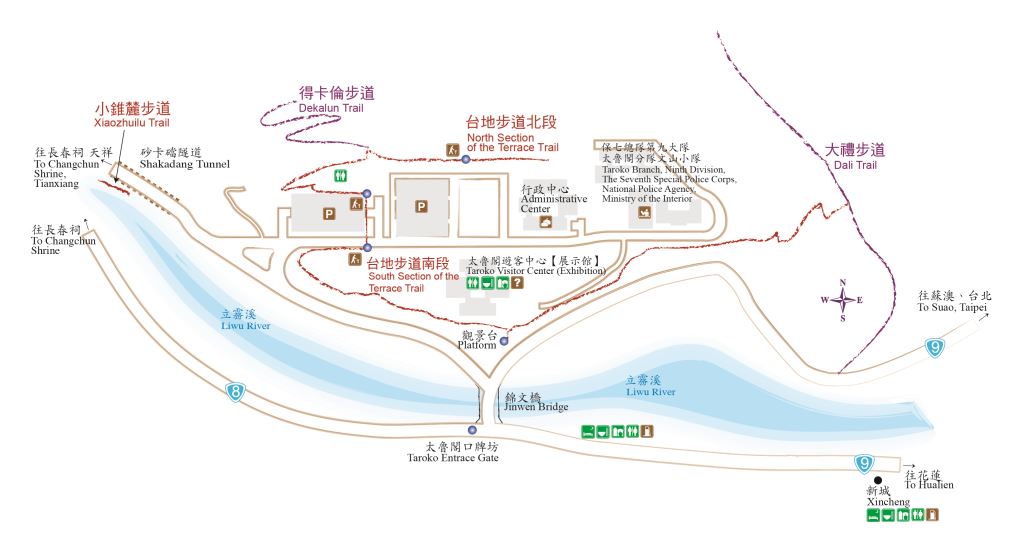
In addition to the above mentioned facilities, various trails of varying difficulty start from the Taroko Terrace. The Terrace also surrounds a spacious lawn adjacent to the Visitor Center, where parents and children can play freely. Native trees and other local plants grow amidst the platform, providing tourists with a glimpse of the local ecosystem while also ideal for schools to provide outreach on environmental and outdoor education.
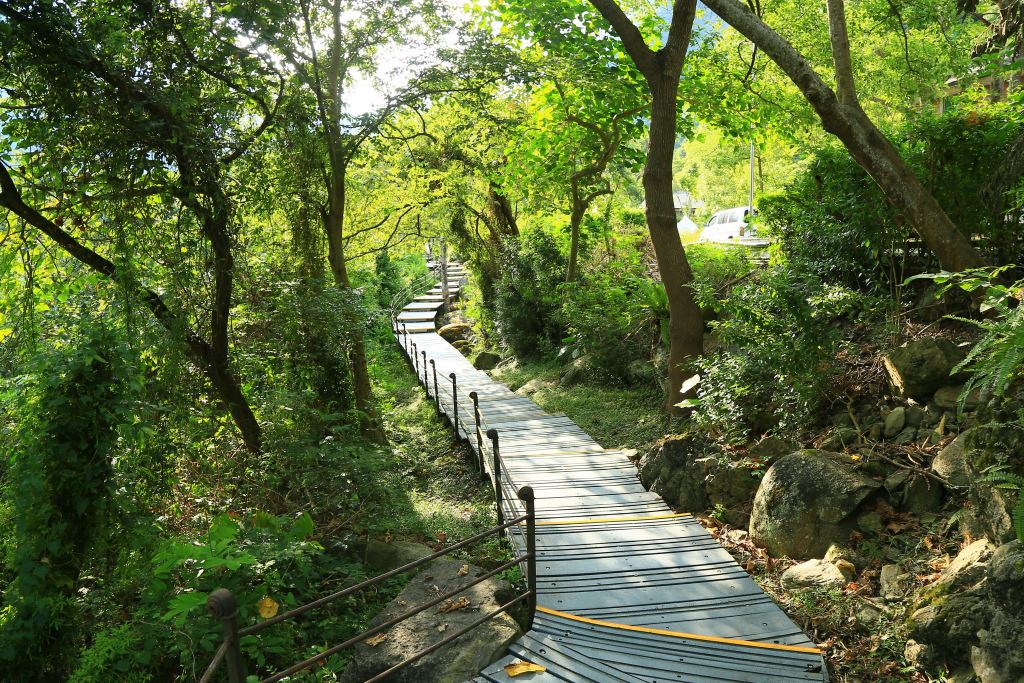
Human Geography and History
The Taroko Terrace was once the home of the indigenous Truku tribe's Dekalun group. Translated to "Maple" in the Truku language, the name reflects the large maple tree growing on the mountainside above the Terrace.
The Truku tribe originally migrated to the mouth of the Liwu River from the upper reaches of Taroko Gorge. Around a hundred years ago, they arrived to the mountainside above the Taroko Terrace in what is now the Dali and Datong villages. In 1914, the tribe were subjugated to Japanese imperial rule, and in 1918 were forcibly relocated to where the Taroko Terrace now stands.
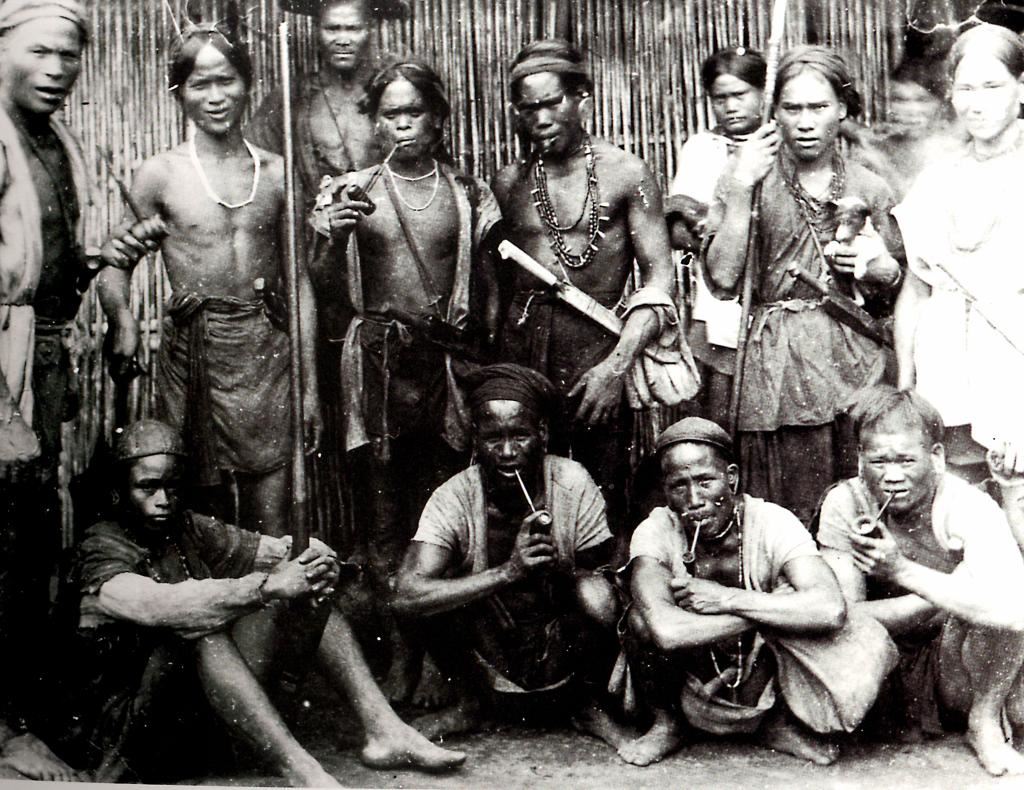
The Taroko Terrace provided a strategic location to concurrently monitor and control the Su-hua Highway (Provincial Highway 9), Central Cross-Island Highway (Provincial Highway 8), and the Liwu Estuary. During World War 2, Taroko Terrace was used by the Japanese for both offensive and defensive purposes in 1942. After the War, the Republic of China government continued using this location for defensive purposes, establishing a military base in 1951, carrying out specialist mountain and coastal defensive training. The establishment of Taroko National Park in 1986 effectively demilitarised the area, and the terrace was transformed to be a welcome hub for tourists entering Taroko Gorge. Due to the platform being an ideal managerial location for the Park, the Park Headquarters and Visitor Center were successively opened in 1989 and 1990.
Taroko National Park Visitor Center
With eye-catching red-bricked walls, the Taroko National Park Visitor Center is located to the north of the Central Cross-Island Highway Entrance Arch, and has a fine view of the Liwu Estuary. The primary purpose of the Visitor Center is to provide tourists with various first-level environmental education before exploring the rest of the Park. The Visitor Center is partitioned into two floors, and contain a number of exhibitions, including the "Our Environment", "Just One of the Players: Humans in the Environment", "Childrens Environmental Education" Exhibition Halls, as well as a rotating Special Exhibition Room.
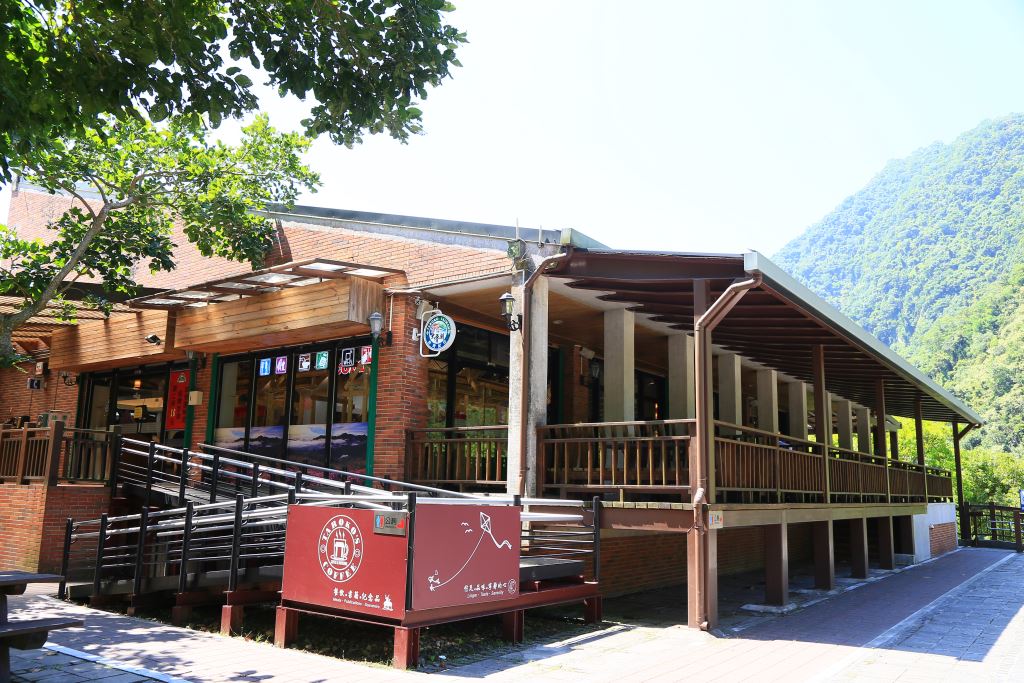
The first floor of the Visitor Center houses a café that not only sells food and beverages, but also books and related Taroko National Park souvenirs. If arranged in advance, the Visitor Center can host guided tours as well as accommodate use of the media room and conference hall.
The Ambiance of the Gorge
The original sound stone carving of the canyon is the work of the Hualien stone carver Gandan. The two white, sturdy marble carvings stand alongside each other, with etches seemingly slashed in disarray by the misty Liwu River, drawing parallels with the geological formation of the Taroko Gorge.
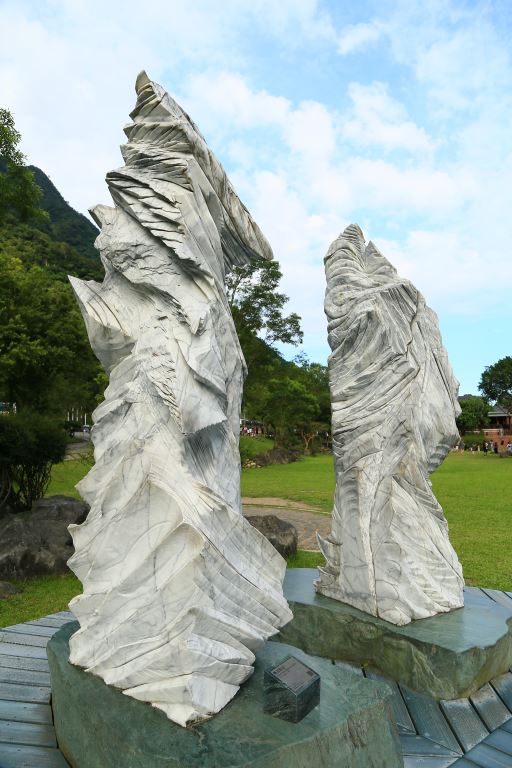
Taroko Terrace Trail
The Taroko Terrace Trail is divided into two sections that collectively encircle the Taroko Terrace about 270 degrees. The southern section of the trail runs adjacent to the Liwu River, and extends from the lawn adjacent to the Visitor Center to the National Park Police Headquarters, where the trail connects to the Shakadang Forestry Road leading to Dali and Datong villages. Along this section of the trail, visitors can view the Liwu River slowly flowing from the mountains into the Pacific Ocean.
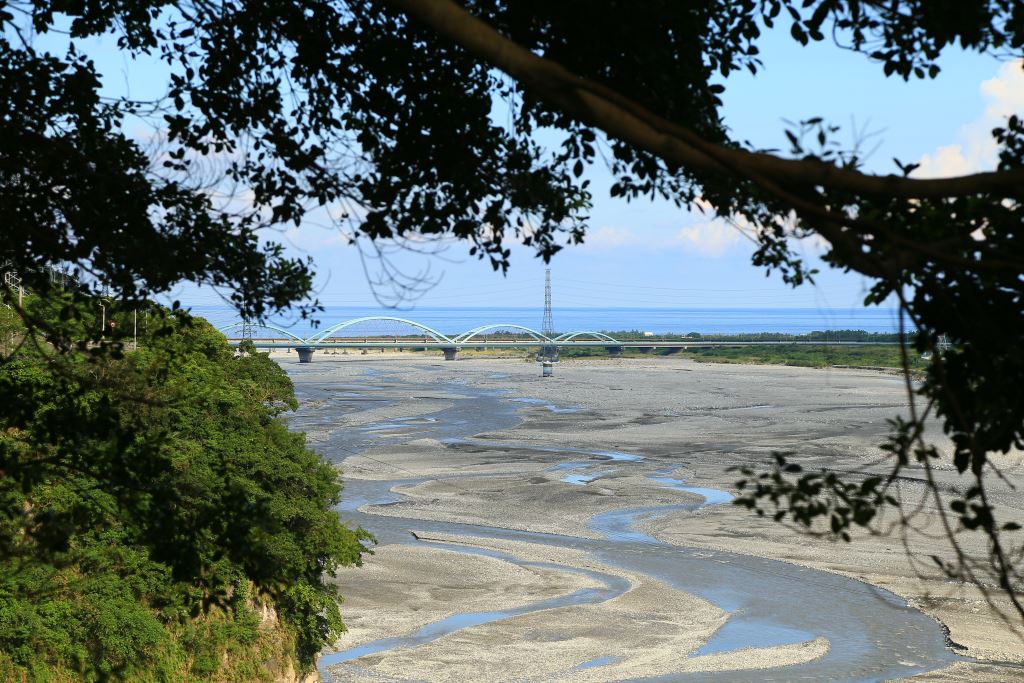
The northern section of the trail is located at the edge of the mountains above the large car park, extending from the Park Headquarters into the jungle. In addition to experiencing the shaded forest canopy, visitors may also catch a glimpse of the occasional Taiwanese macaque (Macaca cyclopis).
Resources
Weather Forecast: Taroko National Park Headquarters